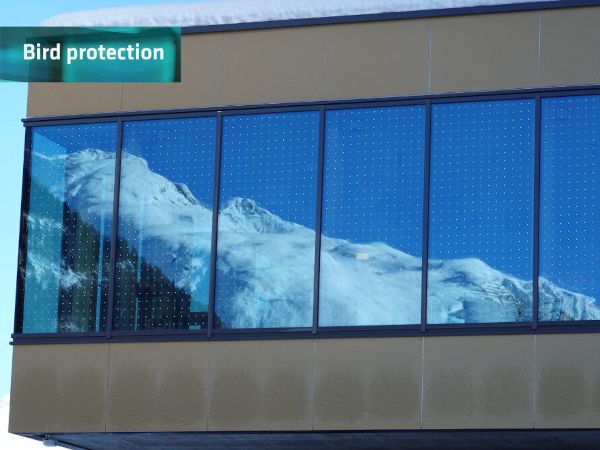
Date: 15 August 2025
Glass has become an integral part of modern architecture. Thanks to its transparency in particular, the material ensures an optimum supply of daylight, which is essential for people's physical and mental health. However, glass surfaces pose a danger to birds. In an interview, glasstec spoke with Matthias Haller, Marketing Technical Service at Eastman and a speaker at glasstec 2024, about the challenges and solutions in the field of bird protection glass.
Two glass properties are fatal to birds: reflection, because they cannot distinguish the mirror image from reality, and transparency, when they try to reach targets behind the glass. Matthias Haller works in Marketing Technical Service at Eastman and heads the bird protection working group at Bundesverband Flachglas e. V. Together with Jochen Grönegras, Managing Director of Bundesverband Flachglas e. V., he gave a presentation at glasstec 2024 as part of the bird protection forum. They drew attention to existing problems and possible solutions in this area.
Their presentation at the last glasstec was entitled "We are part of the problem, but also part of the solution". What exactly does that mean - and who is particularly in demand in the glass industry?
Matthias Haller: We - companies that manufacture or process glass - produce glass products that are installed in buildings. If these are manufactured without highly effective markings, they pose a risk to birds. That's why we are part of the problem. But we are also part of the solution, because we offer products that take bird protection into account or process them into highly effective bird protection glass. The main target groups are planners, manufacturers and fabricators as well as window, façade and metal fabricators.
What are the typical mistakes in glass architecture that lead to bird strikes - from your experience, where do you see the main causes in planning, execution or product selection?
Matthias Haller: There are two typical mistakes:
1. glass is installed without any markings. Depending on the installation situation and / or the surrounding nature (plants, trees, meadows, hedges, etc.), these glasses pose a risk to birds, as the birds are unable to recognise the glass. There is a risk that they will fly into the glass, injure themselves or die.
2. glass with ineffective or only partially effective markings is installed. A monolithic structure (e.g. 44.2) without functional coatings or without insulating glass was often classified as highly effective in the selection test at the Hohgenau biological station. However, laminated safety glass (LSG) with a solar and/or low-e coating is installed in double or triple insulating glass or as curtain-type LSG in front of insulating glass with coatings. There is no proof of high efficiency for this installation situation.
Are there any pilot projects or examples of best practice that could serve as a model for the industry?
Matthias Haller: In Germany, Austria and Switzerland, there are now certainly more than 100 projects in which the installed panes have been provided with highly effective markings. The manufacturers advertise these projects intensively. The "Gläserner Fels" project on the Loreley plateau is certainly an architectural and technical highlight. Projects in which tape measures with highly effective markings are used are relatively new. These are cut to size by the manufacturer on the laminated safety glass cutting table and then installed in the insulating glass. In Berlin, the high-rise building at Nordhafen harbour is currently being constructed in this way. There are several manufacturers of laminated safety glass that produce and offer these products.
In your opinion, what are the "next steps" for the glass industry - more research, standardisation or increased communication?
Matthias Haller: A key step will be to create application rules (transfer rules) for other products and solutions as well. These rules will make it possible for products to be classified as highly effective even in untested set-ups, provided they fulfil the requirements of the rules to be created. These transfer regulations already exist for one product. The authorities will certainly issue further mandatory requirements (e.g. the Hessian Nature Conservation Act, which stipulates that no contiguous glass surfaces larger than 20 m² are permitted). There will certainly be standards or even norms in the future. Austria is currently working on a standard that also includes bird-friendly glass. Communication is one of the tasks of our working group.
 600450
600450



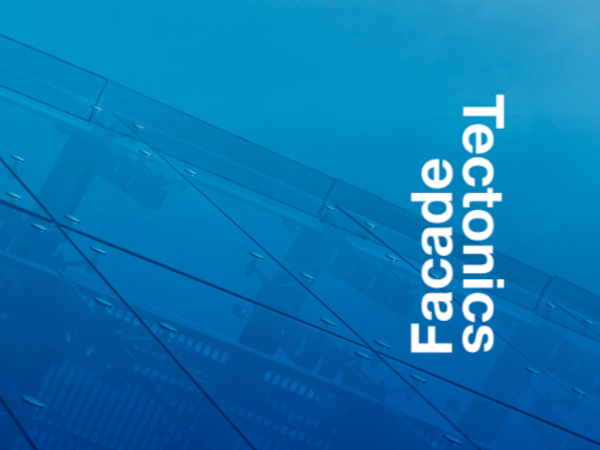
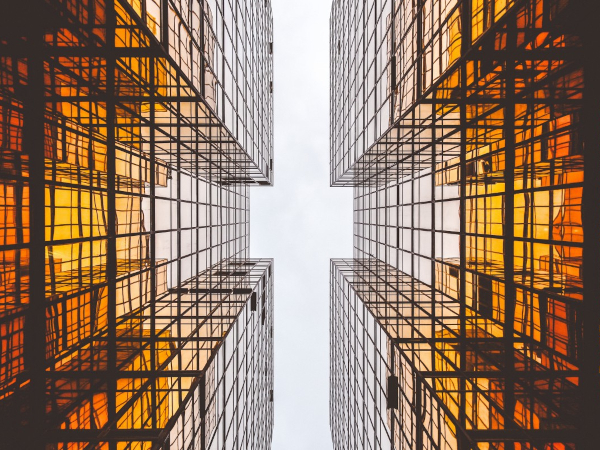
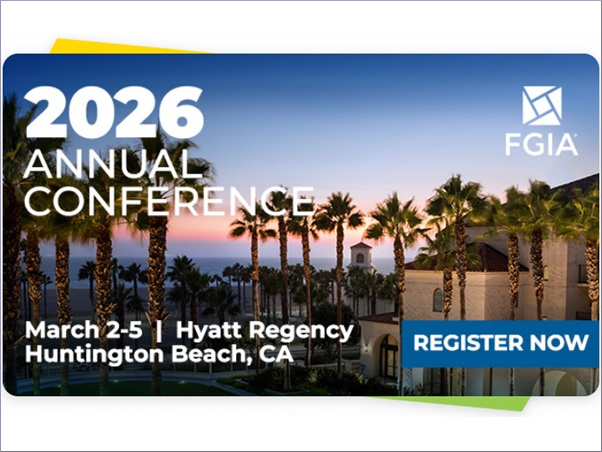
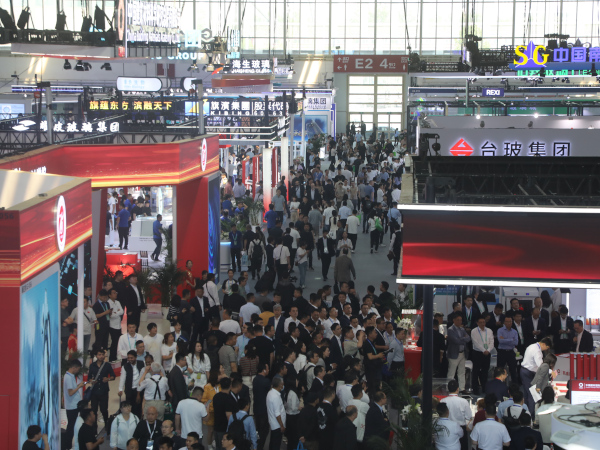


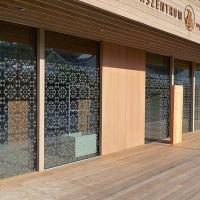
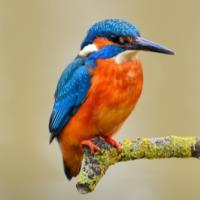
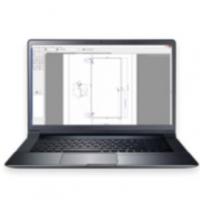

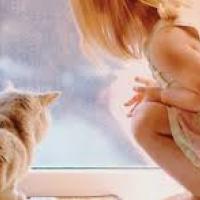
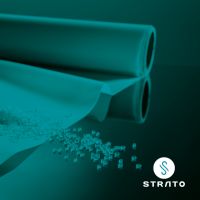
Design with care for all living beings, that’s the future. And it’s great to see more builders, like Monument Projects, moving in that same direction.